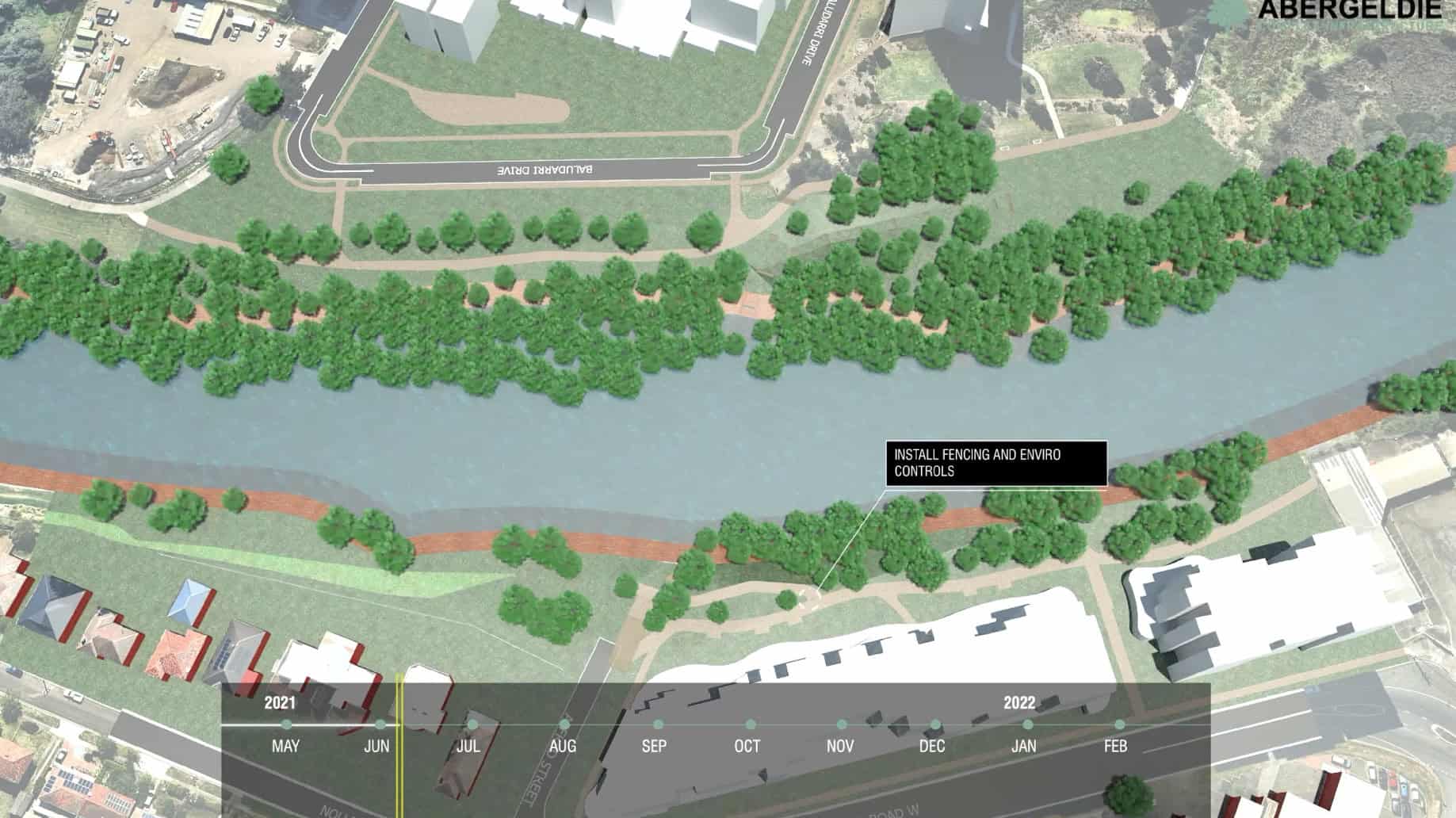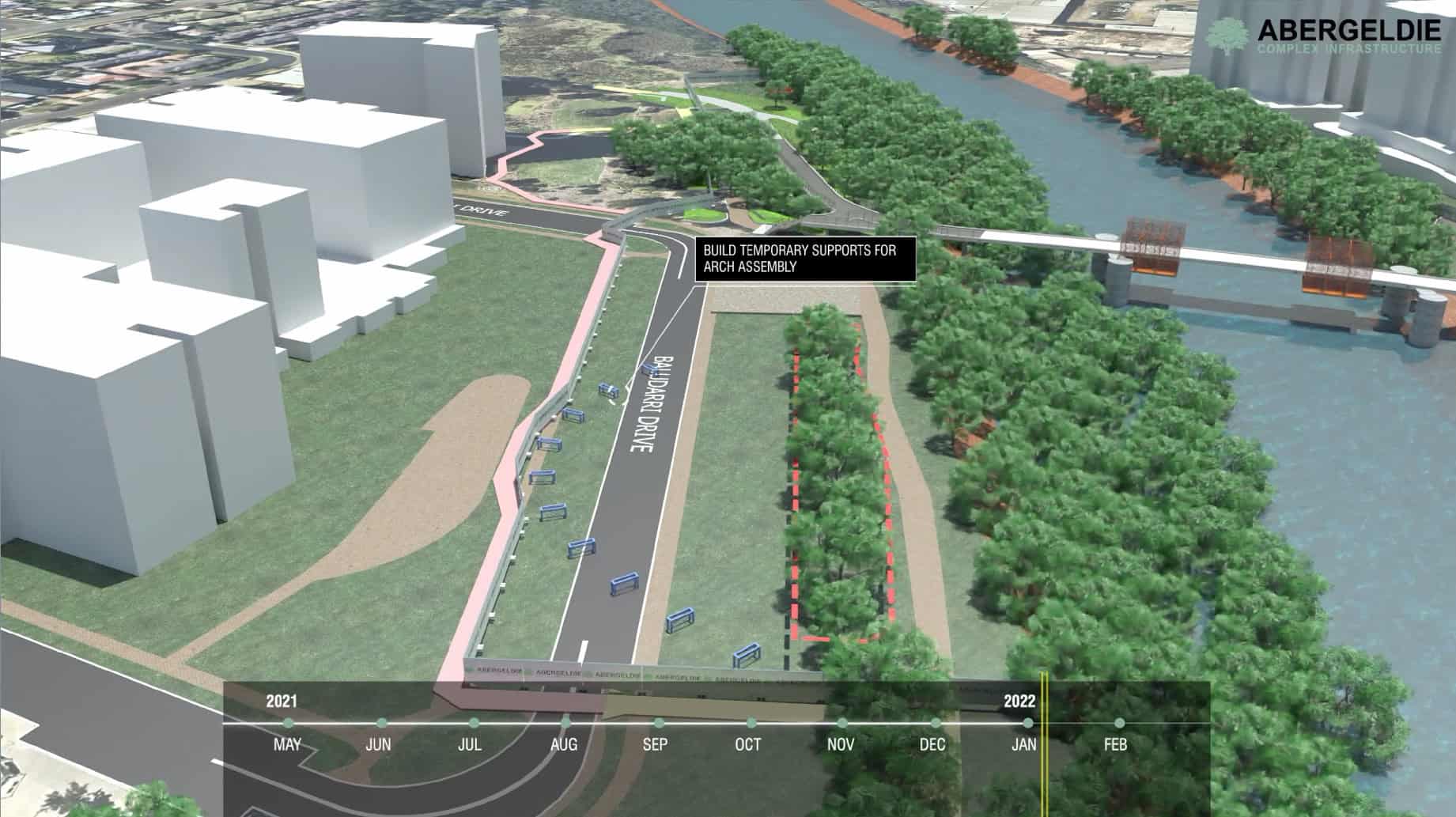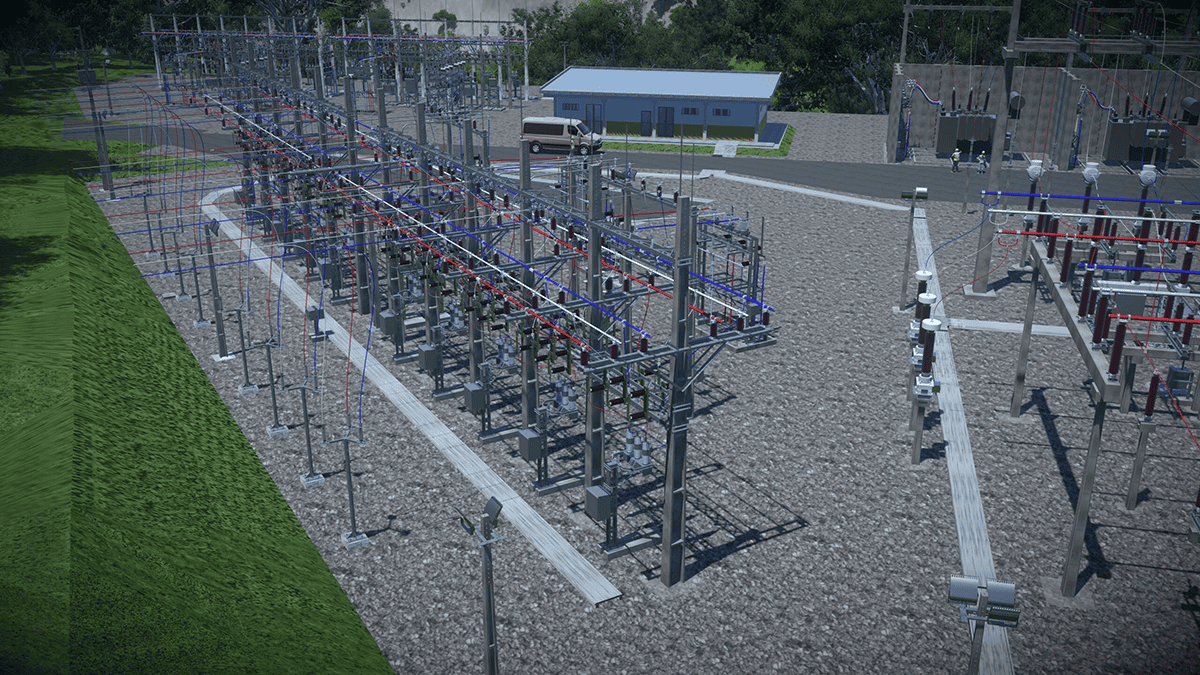Before you build, you have to win
Whether you’re new to 4D building information modeling (BIM) or just beginning to explore its potential, linking a 3D model to a project schedule offers powerful advantages for planning, collaboration, and winning work.
Before construction begins, the first challenge is securing the project. This is where 4D modeling proves its value early on—not just as a planning tool, but as a strategic asset in the bidding process.
By turning complex schedules into clear visual narratives, 4D visualization helps teams communicate their approach with confidence and clarity. In this post, we’ll explore how contractors are using 4D not only to plan and execute, but to persuade and win.
Understanding the tendering process
Let’s take a moment to break down what a construction tender actually involves–– and why it matters.
A construction tender is the formal process through which clients invite contractors to compete for a project. To participate, contractors submit a bid—a detailed proposal outlining their pricing, timelines, and construction methodology. These bids are evaluated by the client to determine which team is best equipped to deliver the work.
Winning tenders is critical for contractors. It’s how they secure future work, grow their business, and build long-term client relationships.
On average, contractors must submit three to five bids to win a single tender, depending on the region and project type. This makes strategic differentiation essential.
Increasingly, digital tools like 4D planning are becoming key differentiators—especially in regions like the U.K. and EU, where digital construction mandates are gaining traction.
Why construction bidding requires more than the lowest price
In today’s competitive landscape, where margins are tight and expectations are high, differentiation is no longer optional—it’s essential.
But winning a tender isn’t just about offering the lowest price.
Clients want to understand how the project will be delivered efficiently, safely, and with minimal risk. Contractors need to communicate more than numbers; they need to show strategy, expertise, and confidence.
Construction has come a long way, as methods have evolved and so have client expectations. Traditional tools like 2D drawings and static schedules are no longer enough to differentiate a bid. Clients now expect innovation and a clear picture of how the work will unfold.
This is where 4D planning truly delivers. It’s more than a scheduling tool; it’s a storytelling tool. By bringing the construction sequence to life, teams can visually demonstrate and clearly communicate logistics, timelines, and risk mitigation in a way that’s easy for clients to understand and, more importantly, trust.
Why 4D planning gives you a strategic edge in bidding
4D planning links the construction schedule to a visual model, allowing stakeholders to see how the project will progress, step by step, from start to finish. Think of it as a time-lapse of your construction plan. You’re showing how the work will be executed in a dynamic and intuitive way.
This visualization transforms the complex into clear, animated sequences. It helps teams better understand construction phases, spot potential clashes, and optimize sequencing and logistics.
A study in the Journal of Information Technology in Construction found that BIM-integrated evaluation frameworks significantly improve project outcomes and contractor selection. When BIM is used in tender evaluation, decisions become more value-focused and better aligned with project goals.
Using 4D planning in your bid offers several strategic advantages, including:
• Clearer communication: Clients can easily understand the construction methodology, building trust and confidence.
• Proactive risk management: Simulations help identify and resolve logistical issues before they become costly problems.
• Operational efficiency: 4D reveals opportunities in sequencing, resource allocation, and site logistics that static documents often overlook.
4D planning aligns with the growing emphasis on digital construction and the increasing adoption of BIM mandates across the industry. While BIM mandates focus on creating and managing structured digital information throughout the project lifecycle, 4D planning leverages that data to simulate construction sequencing, identify risks, and improve coordination – making it a powerful downstream application of BIM.
In many regions, particularly in public sector and large-scale infrastructure projects, clients now expect, or even require, BIM integration, making 4D capabilities a strategic differentiator.
Using SYNCHRO 4D to strengthen your tender
If you’re considering 4D but unsure where to start, SYNCHRO offers a practical, proven solution.
SYNCHRO 4D is construction software that simplifies 4D planning and collaboration—helping contractors stand out in the tendering process. It transforms complex schedules and models into clear, time-linked visualizations, allowing teams to simulate the entire construction sequence in a virtual environment.
SYNCHRO makes it easier to align plans, identify risks early, and improve project coordination and execution.
A great example of how companies are benefiting from SYNCHRO comes from Solid Support, during their bid to develop the Australia’s first true diagonal arch bridge. Alfred Street Bridge provides convenient pedestrian and cyclist access over the Parramatta River to a light rail connection and popular locations in Parramatta. However, the site presented numerous challenges, and the development had to minimize the impact to the environment.
Using SYNCHRO 4D, they clearly demonstrated the full boundaries and impact of the project, as well as ways to adjust the construction schedule to eliminate clashes. Not only did Solid Support win the bid with their intuitive presentation, but they also created the presentation in 50% less time needed, compared to static diagrams.

All credits to Solid Support Pty Ltd and Abergeldie Complex Infrastructure
“SYNCHRO allows for a more immersive and interactive experience, as the client is able to visualize the construction process in a way that feels more realistic and engaging… SYNCHRO’s user-friendly interface allows users to easily navigate through the simulation, making it simple to access and view different stages of the construction process.”
Jim Gao, BIM manager, with Solid Support
All credits to Solid Support Pty Ltd and Abergeldie Complex Infrastructure
This kind of clarity and confidence can be the deciding factor in a crowded bidding field. By visualizing the construction sequence in SYNCHRO, Solid Support didn’t just submit a plan. They told a compelling story of how the project would be delivered— and it won them the bid.
“SYNCHRO 4D for us is our go-to software for tenders.” – Alexander Stojevski, BIM Manager, Solid Support
How SYNCHRO 4D supports construction execution after winning your bid
Winning the bid is just the beginning. With SYNCHRO 4D, your plan becomes a living, connected strategy that supports delivery throughout the entire project. Design data, construction schedules, cost plans, and actual progress all stay linked. This setup eliminates the need to rebuild information in multiple tools, reduces errors, and ensures that everyone is working from a single source of truth.
Beyond planning, SYNCHRO supports real-time progress tracking, visual clash detection over time, and integration with cost and quantity data. You can link quantity take-offs directly to the model, with updates reflected automatically. Cost breakdowns stay aligned with the work breakdown structure, making it easier to assess impacts from changes. Whether using it for logistics, safety planning, or stakeholder communication, SYNCHRO helps you stay proactive, informed, and aligned from bid to build.
Ready to explore how 4D can elevate your bids? Discover the power of 4D construction modeling.



